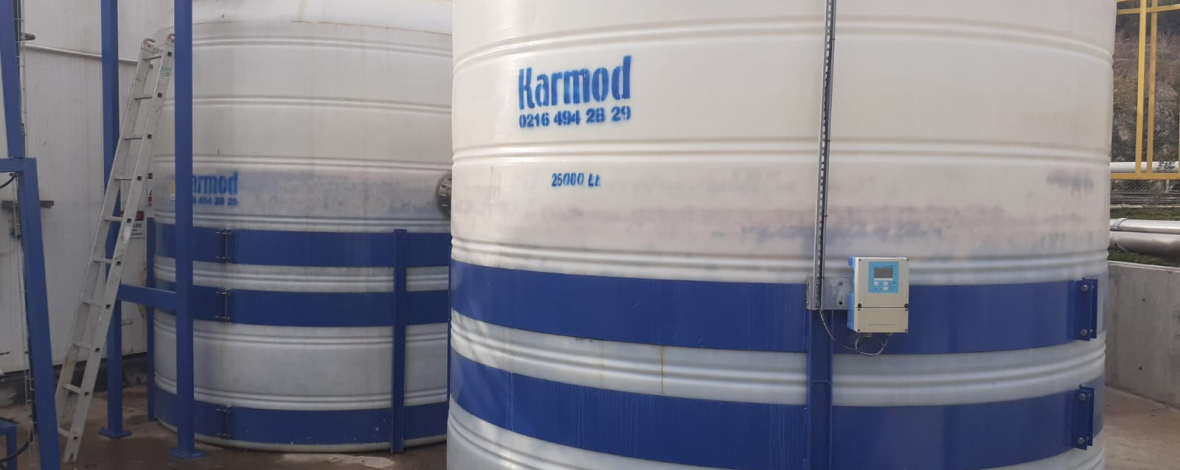
In recent times, the use of water tanks has significantly increased. Water tank models allow us to protect the water we have and use it efficiently to provide clean water for future generations. The water we use primarily comes from freshwater sources, which are among the scarcest resources on Earth. Rainwater harvesting systems are incredibly useful for sourcing this scarce freshwater. Here are the advantages of having a rainwater tank:
- Rainwater Collection System: You can set up a rainwater collection system.
- Long-lasting and Durable: Rainwater tanks are known for their longevity and durability.
- Resilience to Harsh Weather Conditions: They can withstand severe weather conditions.
- Efficient Water Use: Storing rainwater allows for more efficient water use.
- Savings on Water Bills: You can save on your water bills.
- Potable Water: You can purify stored rainwater for drinking.
How to Install a Rainwater System?
Rainwater systems are easy to install. They can be simplified for home use or set up on a large scale for corporate purposes, but the operational logic is the same. First, you need to create a rainwater collection area, which should ideally be as extensive as possible. In homes, this area is usually our roofs. To transfer the collected rainwater to rainwater storage tanks, pipes or a transfer channel are needed. Rainwater collection areas in homes are typically made up of PVC pipes attached to the eaves of our roofs. Finally, you need a tank to store the rainwater. At this stage, you need to purchase a tank. For homes, polyethylene water tanks are commonly used because of their affordability and various designs. However, large rainwater stations are constructed with funnel-like structures, ensuring that not a single drop of rainwater is wasted. This water is then supplied to the city in various forms for use.
Which Countries Could Face Water Shortages?
According to research conducted by scientists, due to the scarcity of water resources and the increasing population, some metropolises may not receive sufficient water in the near future. It is expected that when this problem becomes apparent, people will receive water on a per-liter basis. This issue has been brought to the attention of governments with large metropolises. Some governments have already started taking measures to prevent this situation. For example, Sydney has set up rain stations in areas with the highest rainfall to deliver water to cities without tapping into freshwater sources. According to scientists, Istanbul is one of the metropolises that may face water shortages in the future. To exemplify this issue, they point to Cape Town, a city in South Africa that experienced a severe water crisis. Residents had to recycle the water they used in their toilets, and car washing was prohibited due to water scarcity. If tourists visited the city, they were encouraged to use water more efficiently.
Which Water Tank Is Suitable for a Rainwater Harvesting System?
The choice of the tank to be used in rainwater systems should be based on the installation area. Tanks used in homes are generally made of polyethylene due to their affordability and light weight. Tanks with a horizontal design are commonly used. In large rain stations, stainless steel tanks are preferred. These tanks can be installed on-site, making them a popular choice for such projects. If you want to set up a rainwater collection system at home, you can purchase these tanks. To find the most suitable tank, you can consult with our customer representatives.


 EN
EN
 DE
DE
 FR
FR
 IT
IT
 ES
ES
 PT
PT
 RU
RU
 AR
AR
 BG
BG
 SR
SR
 GR
GR
 SQ
SQ
 RO
RO
 PL
PL
 HU
HU
 CZ
CZ
 HR
HR
 AZ
AZ
 GE
GE
 AM
AM
 IL
IL